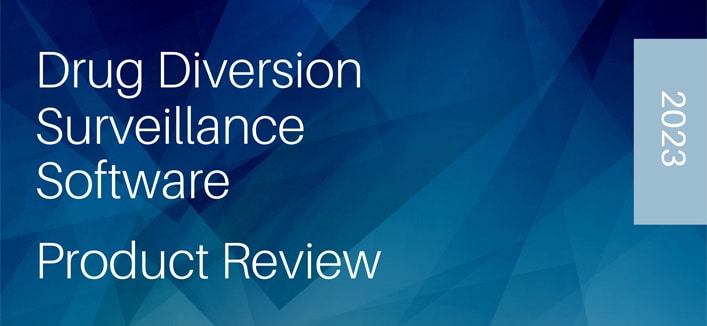The Patient Safety and Quality Improvement Act of 2005, among other things, was designed to increase the reporting of all medication errors and sharing of quality information. This Act protects healthcare workers from litigation while establishing a culture of reporting, encouraging analysis and sharing of error events, and ultimately increasing patient safety. In order to make the hospital safer for patients, healthcare providers must feel safe to report errors or near misses. Reporting is the way we learn where improvements are needed in processes and procedures. If your facility does not have many events reported, it is not because they are not happening, it’s because they are not being reported! The hospital’s error reporting system is considered a “patient safety work product” and that is what this act protects. The patient safety work product is not subject to discovery in connection with a Federal, State, or local civil, criminal, or administrative proceeding, including in a Federal, State, or local civil or administrative disciplinary proceeding against a healthcare worker. This Act allows the reporting and sharing of information in order to investigate the event for improvements. This is why the Risk Department will remind you in every Root Cause Analysis (RCA) that what is discussed during the RCA is confidential. Risk will also tell you to never mention within the patient’s chart that a formal error report was filed. The error report can contain whatever information you feel important regarding the event, but the patient’s chart should never refer to that report.
Unfortunately, some facilities do not support a culture of safe reporting. Staff who make an error may be subject to discipline related to the error so they, or co-workers, are therefore reluctant to report. The facility may support the safe reporting culture, but an individual department manager may handle discipline more harshly than others, which dismantles the program once word gets out. The goal needs to be establishing a culture of safe reporting where all staff and department managers understand the ultimate purpose of reporting. They also need to understand that the events reported are being reviewed for improvements, so consider circling back either directly or through a newsletter or huddle format to give staff feedback on improvements that have been made as a result of the reported events.
We make thousands of decisions everyday in automatic mode without a mistake. Yet we don’t reflect and celebrate this wonderful mode of human decision making at work rather, we put the blow torch on the one moment when it doesn’t work and something goes wrong. – Dr Rob Long







